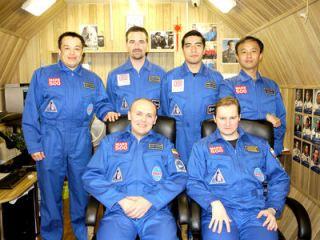
Whole Mars500 crew in portrait, September 2010: (clockwise from top left) Sukhrob Kamolov, Romain Charles, Diego Urbina, Yue Wang, Alexandr Smoleevskiy and Alexey Sitev. Photo by ESA
PARIS (BNS): Having crossed the 105 days milestone, crew members of the simulated mission to Mars have entered a new phase of their isolation.
"The previous mission endured 105 days in 2009 and from now on, everything in this experiment is new," ESA said in its website.
The crew has followed the timeline of the mission, reproducing as accurately possible a potential mission to the Red planet, complete with communication delays and daily routine similar to real space missions, ESA said.
“We just try to take every day as it comes and make the best out of that. This has worked fine for 105 days, and it will work for the more than 400 days left,” crew member Romain Charles was quoted as saying.
Diego Urbina, the other European aboard said, "... at this phase of the mission the previous crew would have been excited, as they were looking forward to ending their isolation.”
“We don’t have that luxury. We just have to keep our minds as steady as possible – for what will be a very long time."
The crew will be occupied with more than hundred scientific experiments to be carried during the mission. Crew time is packed with entertainment and personal projects. They also exercise for several hours a day, ESA said.
The Mars500 mission was launched on June 3 at the Institute of Biomedical Problems (IBMP) in Moscow. The six crew members have been cruising virtually towards the Red planet since June 14, when their mission ‘departed’ from Earth’s orbit.
The 'astronauts' are expected to ‘land’ on Mars on February 10, 2011 and returned to Earth in early November 2011. The entire mission will last around 520 days.
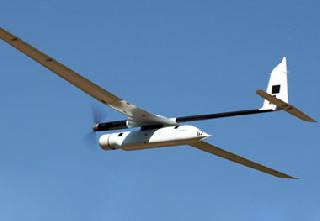 Previous Article
Previous Article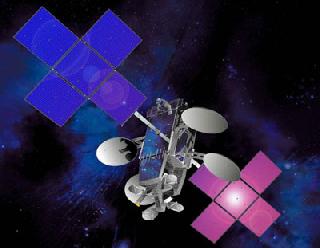 Next Article
Next Article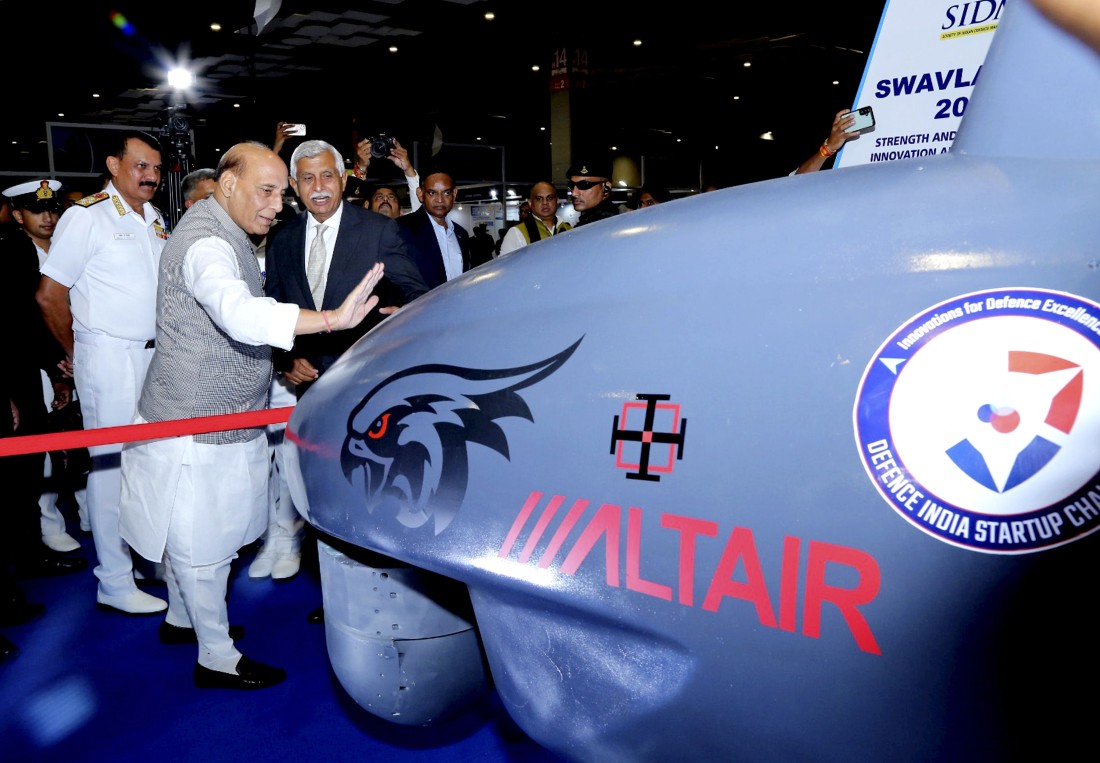
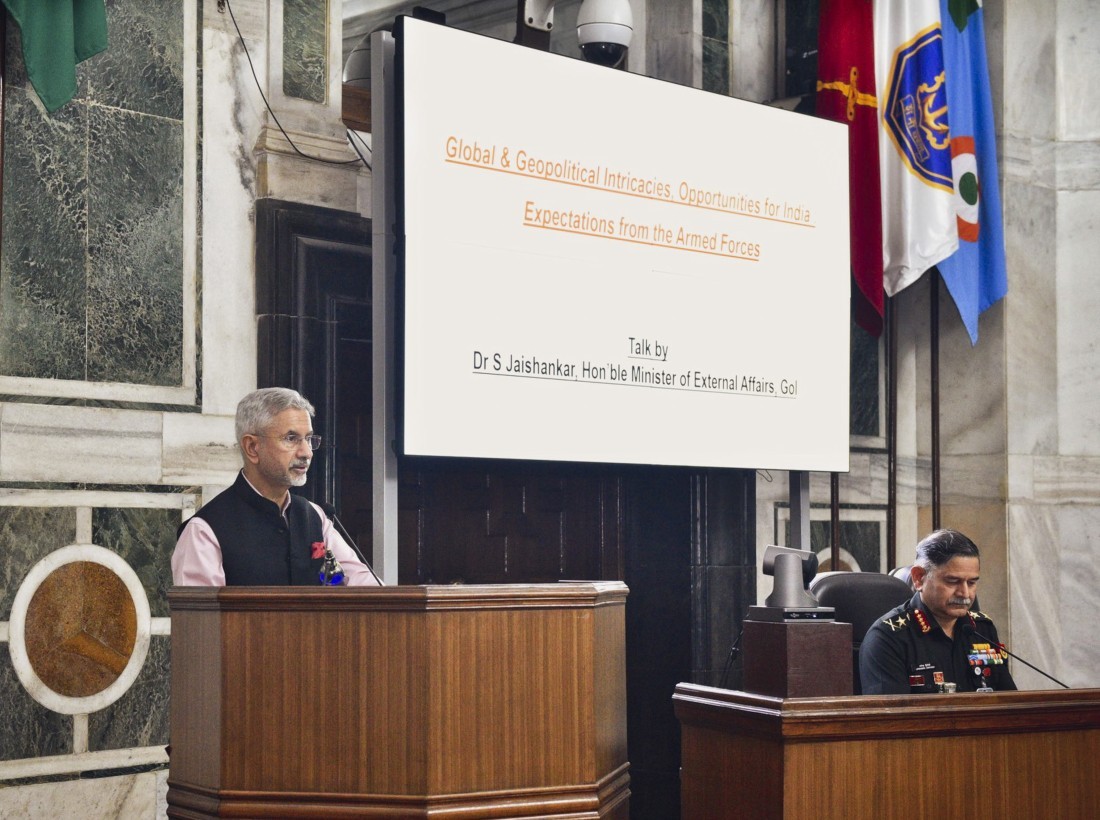
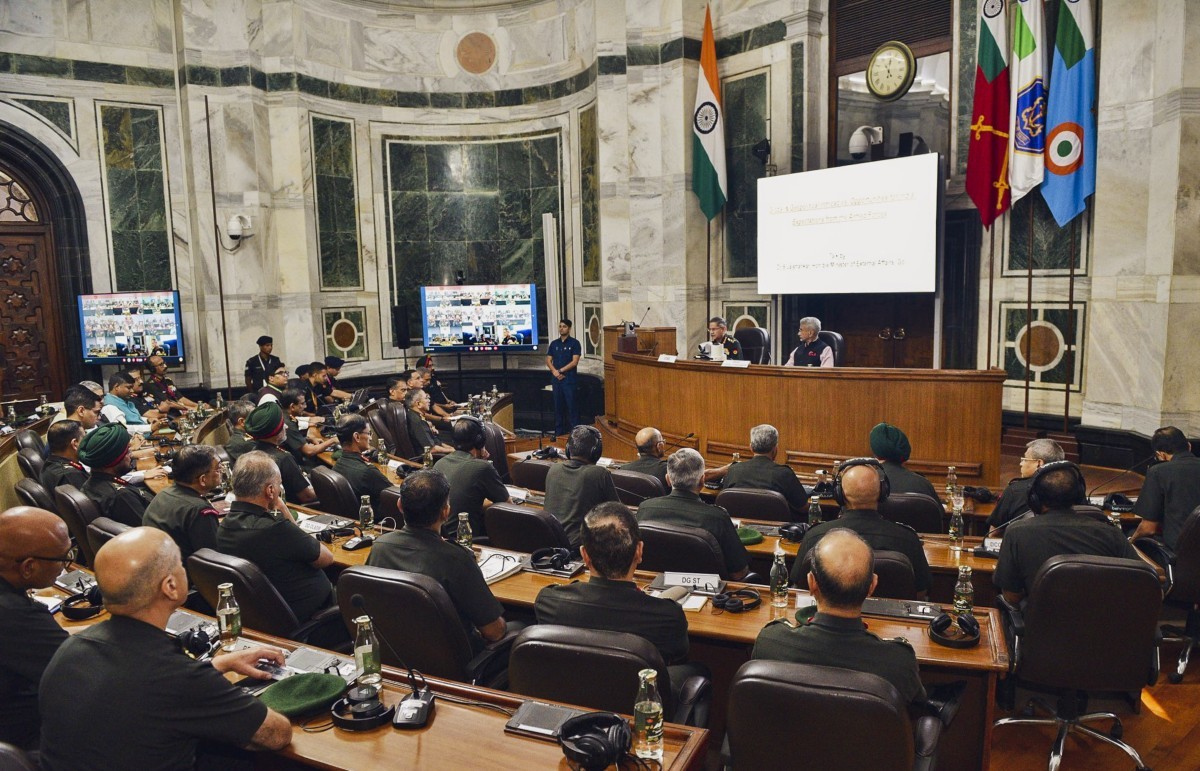


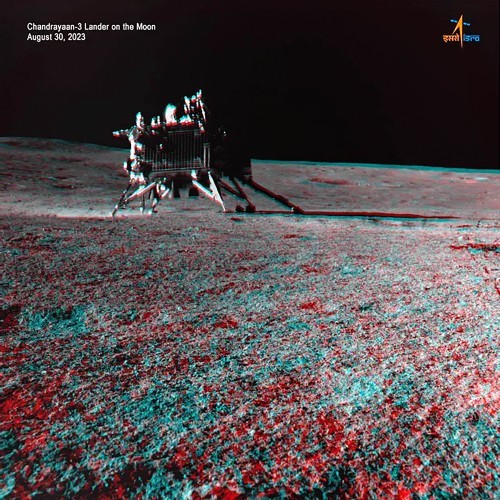
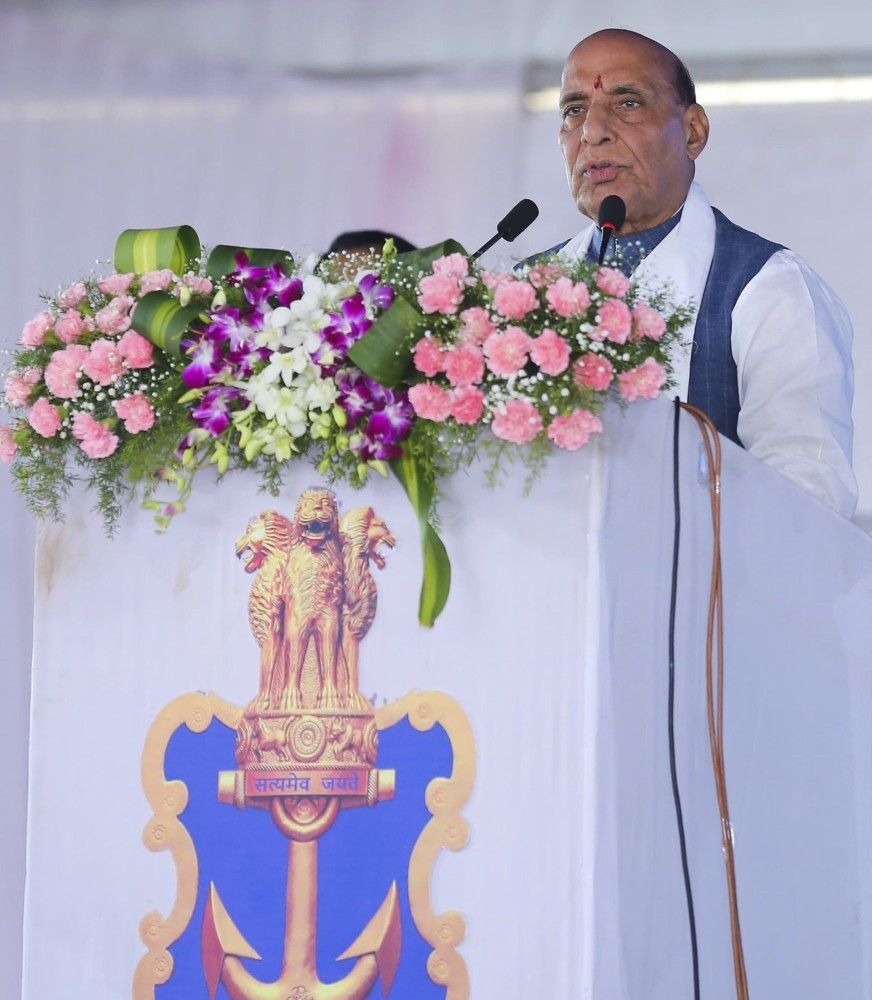






The Indian Air Force, in its flight trials evaluation report submitted before the Defence Ministry l..
view articleAn insight into the Medium Multi-Role Combat Aircraft competition...
view articleSky enthusiasts can now spot the International Space Station (ISS) commanded by Indian-American astr..
view article